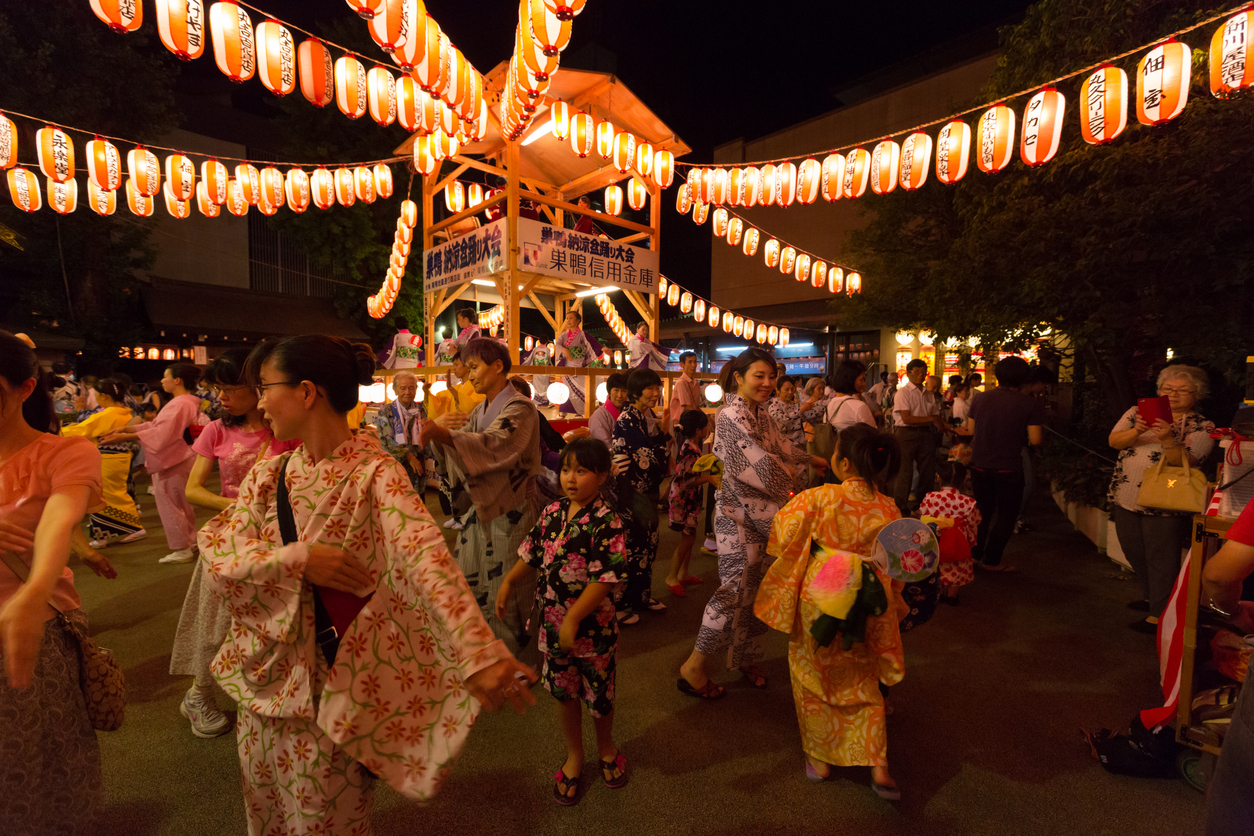Kyoto, known for its rich history and impressive structures, is a city that truly shines during its various celebrations throughout the calendar year. These events are not merely happenings on a calendar; they are colorful expressions of Kyoto's rich culture, art, and community spirit. As inhabitants and visitors come together as one, the streets change into a vivid tableau and activity, showcasing the talents and heritage that have been transmitted through generations.
From the captivating floats of Gion Matsuri to the magical dances of Jidai Matsuri, each event offers a distinct window into Kyoto's identity. The beauty of these celebrations lies in their ability to bring together people—households, friends, and strangers alike—by fostering a feeling of community and appreciation for the rich tapestry of Kyoto's cultural heritage. Come with us as we uncover the heart of Kyoto's festivals, where tradition is not just honored but also celebrated with enthusiasm and passion.
Overview of Kyoto's Celebrations
Kyoto's events are a lively reflection of its diverse cultural heritage, showcasing a deep connection to heritage and community. These celebrations, held during the seasons, embody the core of Kyoto's history and art forms, drawing both locals and visitors to partake in diverse activities that showcase the city's unique identity. From the grand celebrations to the personal rituals, each celebration offers a glimpse into the timeless customs that have shaped Kyoto over the ages.
One of the most renowned Kyoto culture festivals is the Gion Matsuri, celebrated annually July. This festival is famous for its majestic floats, called yamaboko, which parade through the streets decorated with intricate decorations. Each float represents different aspects of the city's history and cultural significance, making this festival a living museum of Kyoto's artistic legacy. The Gion Matsuri not only delights but also serves as a reminder of the importance of community bonds and the preservation of local traditions.
Another notable event is the Jidai Matsuri, which is held in October. This festival highlights the cultural importance of each era in Kyoto's past, with participants dressed in authentic costumes representing different periods of Japanese history. The parade through the streets of Kyoto is not just a display of clothing but a reenactment of the city’s political and social evolution. Festivals like these foster a sense of identity among residents and help educate attendees about the rich cultural narratives woven into Kyoto’s heritage.
Cultural Importance and Practices
Kyoto's festivals illustrate Kyoto's rich cultural heritage and serve as vibrant expressions of its historical traditions. Events like the Gion Matsuri illustrate how intimately entrenched the rituals and celebrations are within the community. Each year, as floats parade through the streets, they display the exquisite craftsmanship of local artisans, echoing centuries of skill and dedication. These festivals are not merely events but rather a continuation of the cultural narrative of Kyoto, fostering a sense of identity among its residents.

The symbolism found within Kyoto's cultural festivals often underscores the harmony between nature and human activity. Seasonal changes are celebrated through diverse events, with festivals often aligning with agricultural cycles, such as rice planting or harvest periods. This connection deepens the importance of nature in Kyoto’s traditions, emphasizing respect and gratitude towards the environment. Traditional music, dance, and costumes enrich the experience, allowing participants and attendees to immerse themselves in the historical context and significance of these gatherings.
Community participation is at the heart of Kyoto's festivals, fostering a sense of togetherness and cooperation among residents. Families and neighbors unite to organize events, provide meals, and partake in ceremonies, reinforcing social bonds. The collaborative spirit inspires the younger generation to learn about and carry forward important traditions, ensuring that the cultural practices of Kyoto are preserved for future years. As a result, these festivals not only celebrate the past but also create a vibrant communal experience that shapes the present and future of Kyoto's culture.
Community Engagement and Festivities
Community engagement is at the core of Kyoto's festivals, as local residents take a crucial role in planning and taking part in various events. From the majestic processions to the elaborate performances, the shared enthusiasm of the city is displayed at every corner. Festivation take satisfaction in their cultural heritage, often dedicating effort to ensure that traditions are maintained and transmitted to future generations. This deep feeling of community not only brings people together but also fosters a deeper appreciation for Kyoto's rich history and traditions.
The festivals serve as a stage for various community groups to express their artistic talents and cultural narratives. Local artisans, musicians, and performers contribute to the dynamic atmosphere, showcasing the varied artistic expressions that are essential to Kyoto’s identity. Workshops and joint projects are often organized, inviting residents to engage with their culture actively. This hands-on participation not only reinforces community bonds but also ensures that the arts remain a vital part of Kyoto's cultural landscape.
Celebrations during Kyoto's festivals are marked by inclusivity and joy, drawing participants of varied ages. Families come together to enjoy activities such as cultural food booths, games, and performances. Such gatherings foster cross-generational connections, allowing older members to share their experiences and knowledge with the younger population. As each festival unfolds, the energy and enthusiasm of the community elevate the celebrations, creating an atmosphere filled with warmth and unity. Through these shared experiences, the essence of Kyoto’s culture is not only celebrated but also constantly revitalized.
